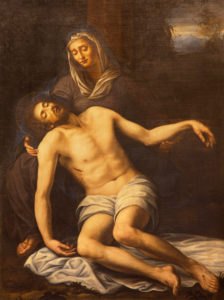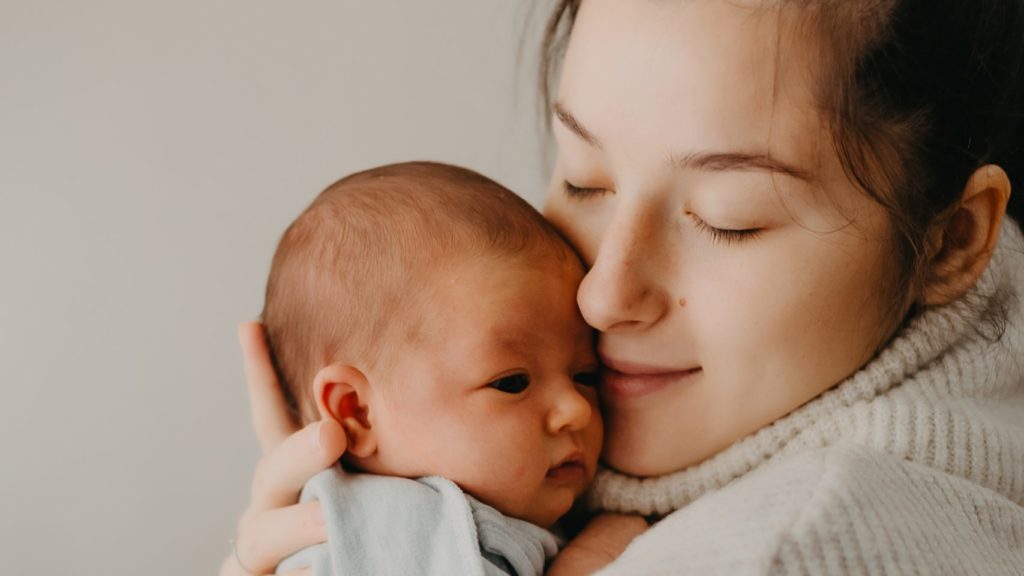My path as a woman has been far from cookie-cutter. Years as an active alcoholic barfly left wounds that, decades later, I’m still working through. A marriage ended in divorce and annulment. I am childless and unmarried.
And I celebrate, exult in, embrace, and increasingly marvel at my womanhood. Though I’m way past childbearing age, in Christ my life bears ever richer fruit.
The culture, by contrast, has now succeeded in almost completely pathologizing womanhood. Puberty, menstruation, our attractiveness to men, our capacity to bear children, our longing and fitness for marriage and motherhood, menopause: every facet of our lives, we are told, consists of unremitting pain, shame, and oppression.
Can I be the only woman on earth who has found womanhood to be a beautiful, mysterious, cross-and-crown joy? Who looks back with tenderness at the shy delight at being noticed by the opposite sex, the bewildered wonder of puberty, the explosive first kiss, the experience of falling in love with its sense of being simultaneously flayed and brought fully, electrically alive? Who has embraced the seasons of womanhood: ever-changing, ever more profound? Who in maturity has the sense of being supernaturally wedded to the Source of All Love?
In 2022, conservative commentator Matt Walsh went around posing the question “What is a woman?” to various people — friends out for a stroll, a small-town shop owner, villagers in Africa — then filmed their predictably uncertain, if not nonsensical, replies.
Although the resulting documentary “What Is a Woman?” exposed, with Walsh’s signature snark, the flailing groundlessness of gender ideologues, the film struck me as gimmicky and mean-spirited. Many people were, no doubt, flummoxed, as I would have been, by the vastness of the question.
Do you want the poetic answer, the metaphysical answer, the personal answer? Are you asking what it is to be a woman emotionally, physically, psychically, intellectually, socially, spiritually? Do you want to know what it is to be this woman: to be me? If so, does your camera crew have a few weeks, if not months?
The correct answer by Walsh’s lights — “A woman is an adult human female” — is one answer. It’s a political answer, a biological answer, a textbook answer. But it’s far from the only answer or the fullest answer.
A woman is organized around her womb.
Because the operative fact of being a woman is that we have wombs, and every single facet of our being, our essence, our psyches, is organized around that fact. It’s no accident that the Hail Mary includes, “Blessed art thou among women, and blessed is the fruit of thy womb, Jesus.”
Of course we’re very much more than our wombs. But everything in us constellates around that fact, and to deny it, as the gender extremists do, is to maintain that form and function are unrelated and that the organizing principle of the world is chaos.
Walsh wouldn’t disagree with that (I hope), but to smugly report that a woman is an adult human female is to miss what a woman really is by a million miles.
Any child can see, feel, understand, and feel secure in the difference between a man and a woman. Our very genitals shout the distinction: Men thrust outward: they tend to fix, forge, and do. Women are oriented inward, we’re built to receive, invite, nurture, foster. We have hidden depths. We’re sensitive to relationship. We nest.

Above all, we women are mothers. Archetypically, and whether or not we ever biologically bear children, a woman is a mother.
Because of all that, we suffer in a different way than men. To men who think they can become women, I want to say, you’re not strong enough.
Men are strong, beautifully strong in their way. But women are strong in different ways: in our capacity to foster, support, and nurture; in our ability to patiently endure sorrow, anxiety, and loneliness.
The difference doesn’t arise because men are vile oppressors, nor because the best of them don’t try to understand us, nor because “the system” is skewed: all worldly systems are skewed. It comes about because the way men and women are made, particularly around reproduction, a tragic split exists, better known by many of us as The Fall.
No political change or civil right can ameliorate that split. Because of it, women suffer — again, our cross and our crown — in a way that no man can possibly imagine. We feel the wound of relationship, the loss inherent in bringing life into the world and then letting it go, the vulnerability of longing for the men whose motives, desires, and emotions we can never quite fathom.
To want to be a real woman is to want the psyche, the ability to endure, the capacity to stand at the foot of the cross as your beloved Son is tortured to death, as Mary did. It is to long to give all of yourself — body, mind, soul — in such a way that your womb embraces the suffering of the whole world.
To want anything other or less is to want to be a woman as cartoon character, caricature. It is to want to be a woman without the terrible, life-shattering perils and risks. It is to want to be a woman without a womb.

